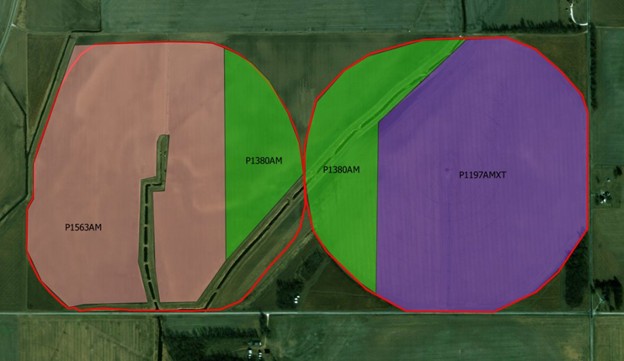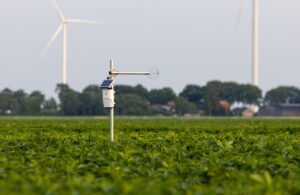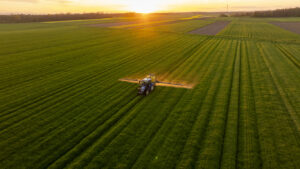When the Field with Less Potential Produced More
Written by Gilly Kinsky, VP Marketing, CropX
In Illinois, two neighboring pivot-irrigated corn fields were managed side by side, with two very different approaches.
Field A continued with traditional irrigation management, fewer, larger water applications based on experience and visual cues. Field B switched to CropX soil sensors and Variable Rate Irrigation (VRI), applying water based on real-time soil moisture data.
Historically, the first field had always out-yielded the second.
This time, the opposite happened.
Two Very Different Irrigation Strategies
Instead of applying large amounts of water after stress had already set in, the CropX-managed field received smaller, more frequent irrigations guided by real-time soil data.
Moisture levels stayed stable all season. No stress events occurred.
And every rainfall and irrigation was automatically tracked by the sensors.
Meanwhile, the grower-managed field saw soil moisture drop below the refill line seven times, causing stress and limiting yield potential.
What Happened in the Field
Despite using lower seeding rates and a less vigorous corn variety, the CropX-managed field outperformed the grower-managed field on every measure:
- 22% higher yield
- 94% of the variety’s yield potential (vs. 77% in the neighboring field)
- 9.3% more yield than in previous seasons
- Zero stress events, compared to seven in the grower-managed field
At the same time, the grower-managed field, the one with higher historical potential, produced 23% less than expected based on its past performance.

Corn variety seeding map
What Made the Difference
The underperforming field didn’t suddenly develop better soil. It gained better information. Real-time soil data enabled precise irrigation timing that prevented stress before it occurred. Each rainfall and irrigation event was automatically tracked and integrated into management decisions.
The grower didn’t work harder or use more resources. They simply had clearer visibility into actual soil conditions instead of relying on assumptions or delayed visual indicators.
This comparison highlights how precision agriculture can unlock hidden potential in fields previously written off as underperformers. When irrigation decisions align with real-time soil conditions rather than fixed schedules, even historically weaker fields can surpass their neighbors. Better decisions often come from better data, not more effort.




